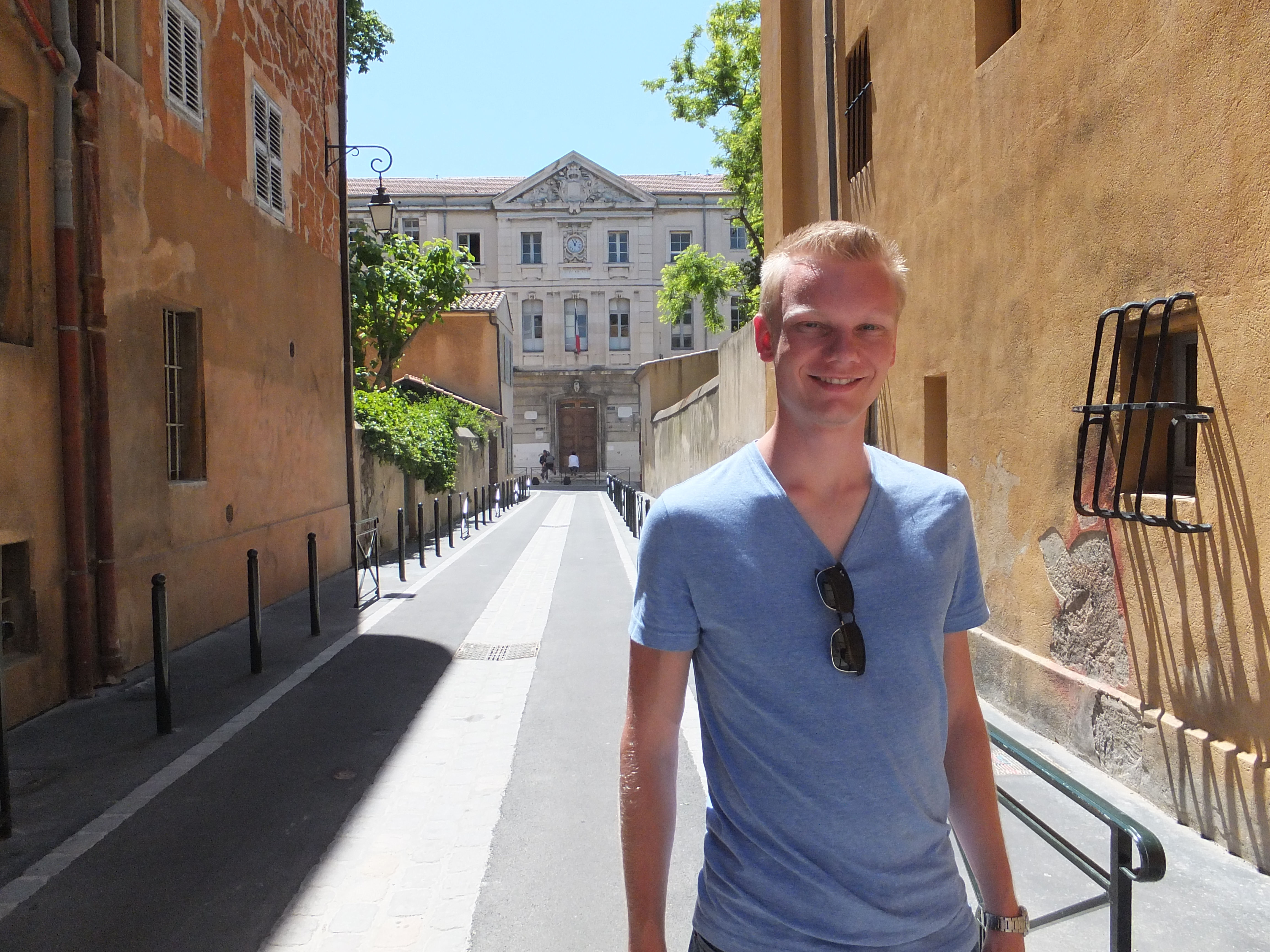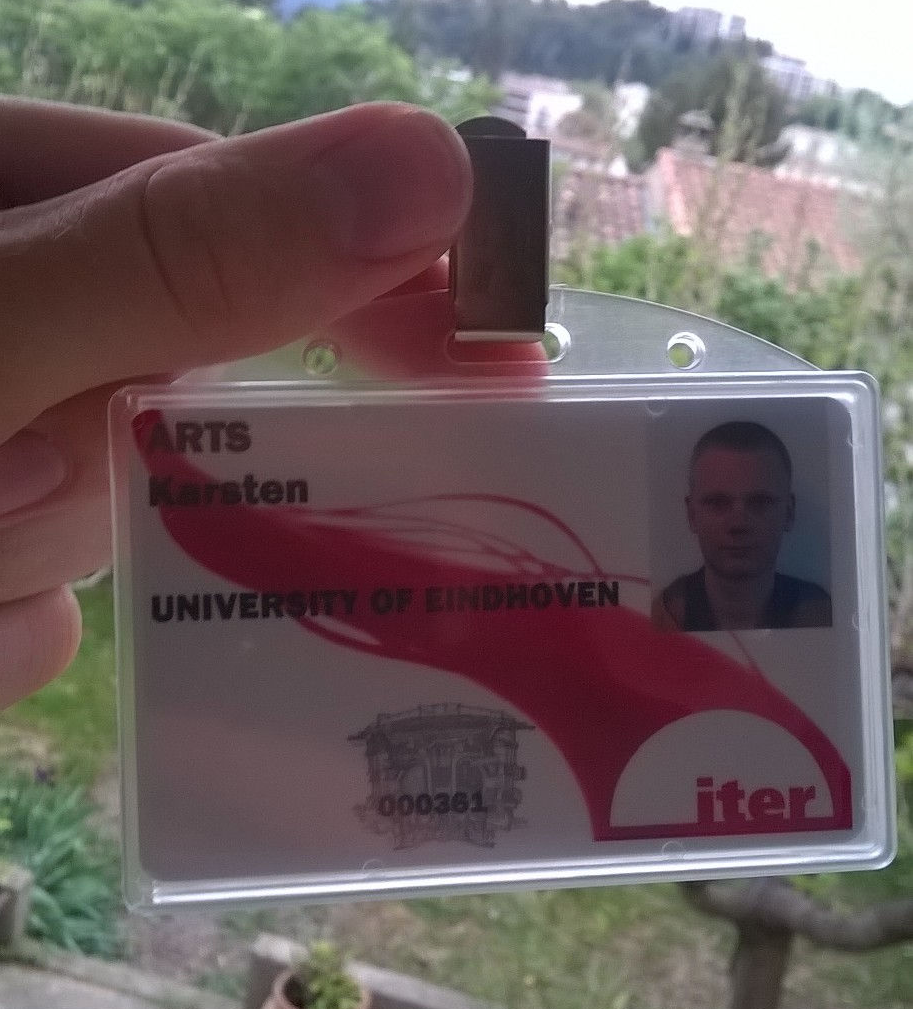Internship at ITER - Cadarache, France
Report by Karsten Arts. Powered by FuseNet
FuseNet has financially supported my internship at ITER Organization, where I worked from April to July 2015 in the In-Vessel Diagnostics Section. ITER aims at producing 500 WM of fusion power from 50 MW of input power and preparing the way for a fusion machine that captures the produced energy as electricity.

During operation of ITER microwave radiation will be injected to heat and control the fusion plasma. As a result, microwave radiation will reach high power densities ranging from circa 10 kW/m2 up to 0.5 GW/m2, depending on the amount of reflections. To protect sensitive components from overheating and for diagnostic purposes as well, these microwave power levels will be measured with a microwave detector. In my internship I have analyzed and improved the design of this detector through numerical simulations and analytical calculations.
The microwave detector uses a method called bolometry. Basically, it consists of two identical copper bodies which receive the same amount of neutron heating. However, one of them is coated with a microwave absorbing coating and will therefore become hotter. The temperature difference between the two can be related to the microwave power density.

My work mostly included the analysis of this relation between the body temperature difference and the microwave power density. How should the top geometry be adjusted to optimize the antenna pattern and the measurement range? How can the sensitivity and response time of the detector be optimized? These questions have successfully been assessed. Furthermore, a first prototype has been made at Eindhoven University of Technology to be tested at the DIII-D tokamak.
It was a great experience to work at ITER. Under the lead of Michael Walsh the working environment was motivating and inspiring. Many of the employees at the diagnostics section are very driven to get things done and make long working days. I learned a lot by working abroad in such an organization. Moreover, I gained experience in carrying out your own research with simulation tools like Ansys Workbench.
Besides the internship, the south of France was definitely a nice place to stay. I stayed in the nearby city Aix en Provence in a house with two other students. Aix en Provence is an old town with a lot of narrow streets, fountains and bars. Every now and then I watched a champions league match with colleagues from ITER in one of these bars. In addition, the Mediterranean weather and environment is no punishment as well (just search for 'calanques' in Google images if you don't believe me).
In summary I would say that the internship was a success, both in academic results as in the experience I gained. Therefore I thank FuseNet for supporting this project.
